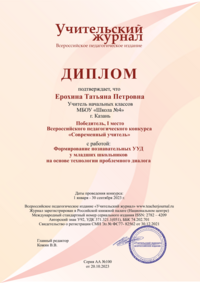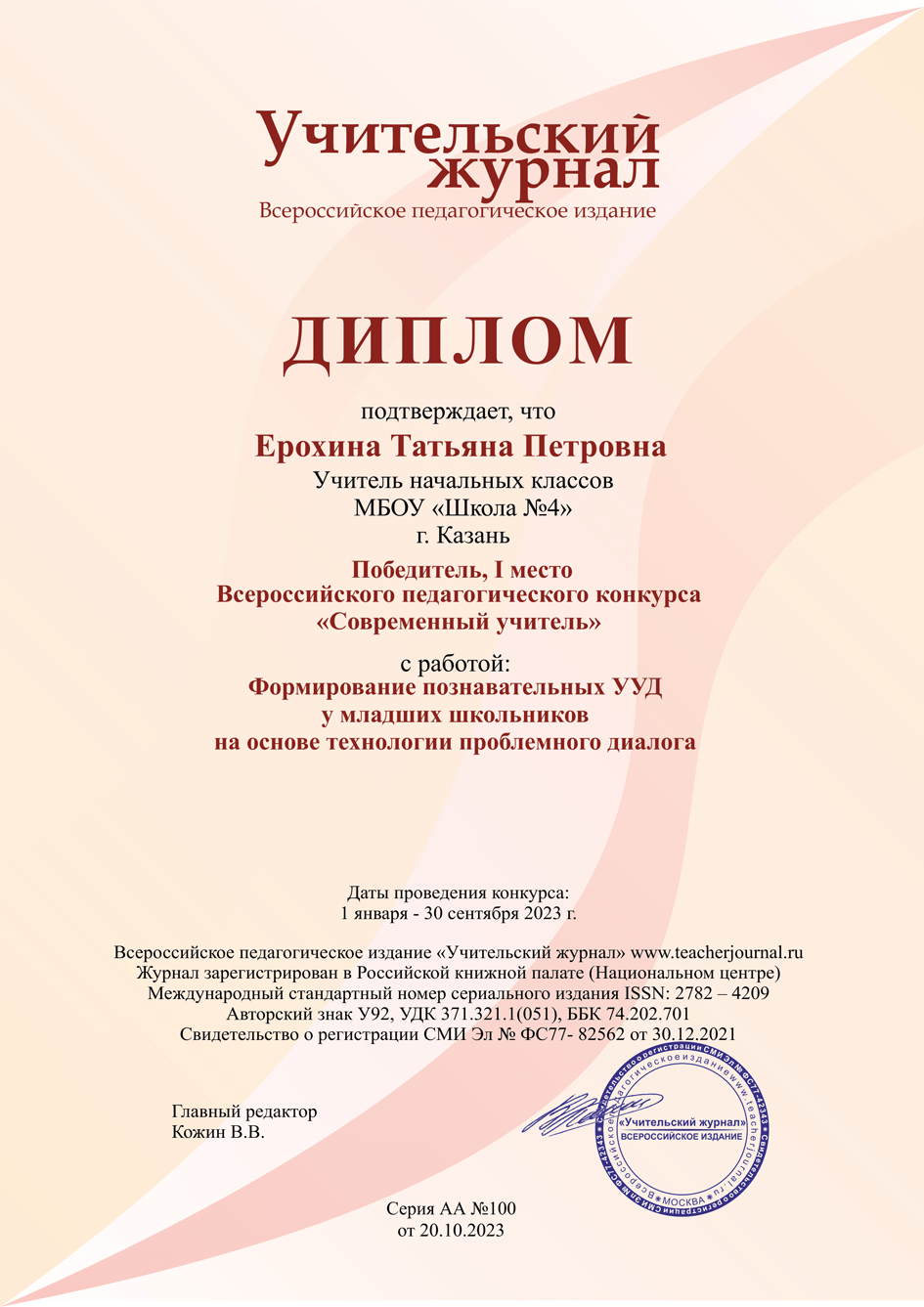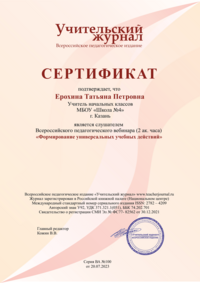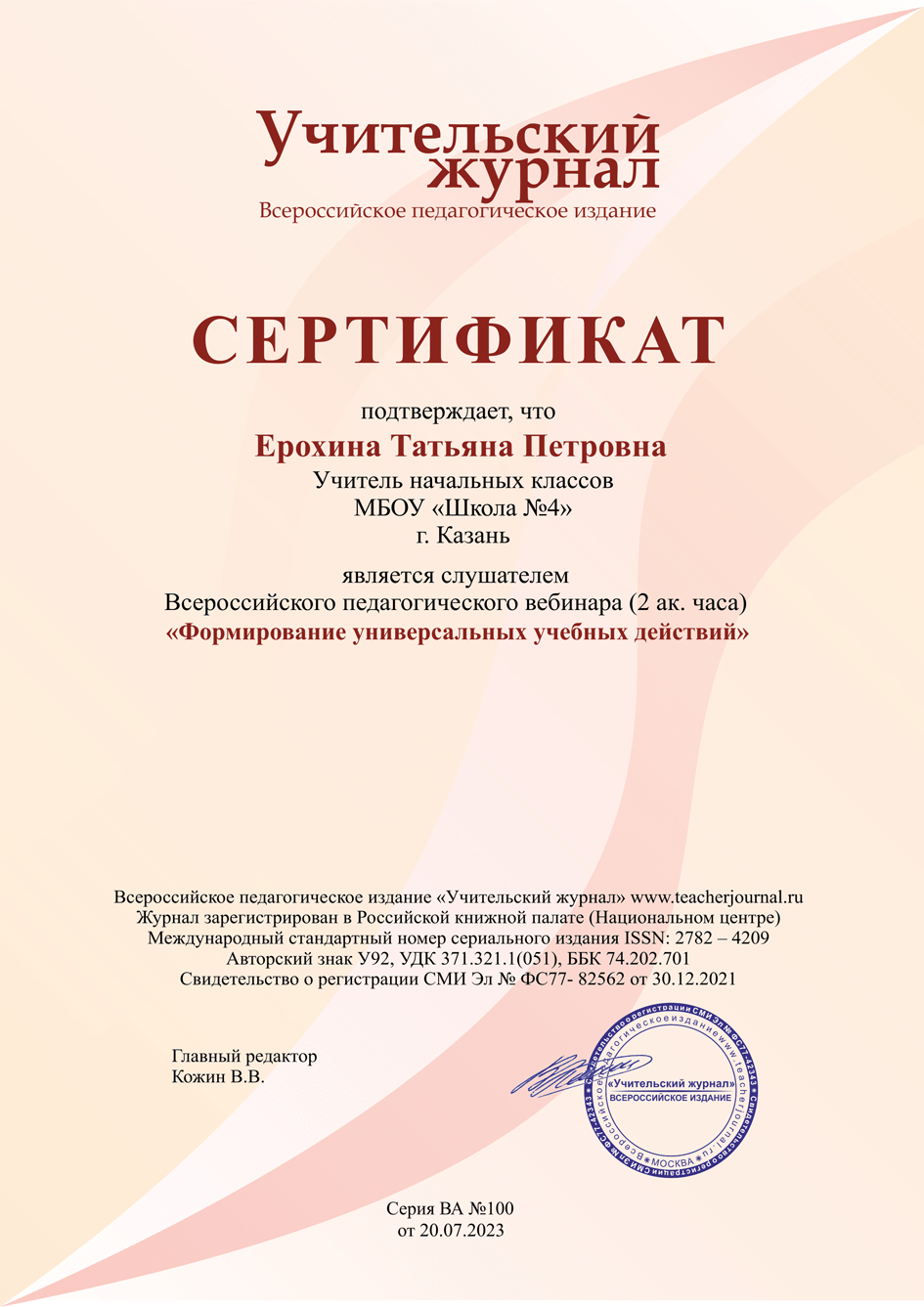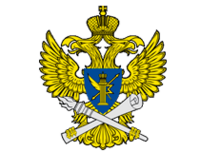Разработка урока английского языка в 6 классе по теме «Традиции. Праздники. Фестивали»
Автор: Влазнева Елена Николаевна
Организация: МОУ «СОШ с УИОП №18»
Населенный пункт: Республика Мордовия, г. Саранск
Хочу поделиться опытом проведения открытого урока английского языка по теме «Традиции. Праздники. Фестивали» по УМК “Rainbow English” Афанасьевой О.В. для обучающихся 6 касса и разработанными мною материалами для его проведения. Данный урок является первым (вводным) уроком по теме третьего раздела УМК «Традиции. Праздники. Фестивали». Тип урока – комбинированный урок. Урок соответствует требованиям ФГОС.
Цель урока – познакомить обучающихся с лексикой по теме «Традиции. Праздники. Фестивали», ввести и закрепить такой сложный для обучающихся данной ступени новый грамматический материал, как «Относительные местоимения».
Задачи:
актуализировать известные вопросительные местоимения, развивать у обучающихся навыки аудирования и практиковать их в понимании вопросов личного характера в ходе интервью с «журналистом», развивать навыки устной речи, диалогической(ответы на вопросы собеседника) и монологической( рассказ о дне рождения по опоре), познакомить с таким страноведческим материалом, как церемония смены караула у Букингемского дворца, ввести и закрепить новые слова по теме урока, практиковать в чтении страноведческого текста, практиковать в поиске нужной информации, практиковать в выполнении лексических заданий, связанных с заполнением пропусков;
развивать память, внимание, творческое воображение;
прививать интерес к изучению предмета, воспитывать интерес к изучению иноязычной культуры и стремление расширять свой кругозор, воспитывать навыки культуры общения.
На уроке формируются все виды компетенций (коммуникативные, личностные, метапредметные и предметные).
Урок структурирован, каждый момент имеет целевые установки. Рефлексия в конце урока логично завершает работу учащихся, подводя к обобщению сделанного.
В вводной части урока задается темп урока и создается нужная для обучения атмосфера, происходит презентация темы урока, актуализация знаний по теме «Праздники». В плане урока это этапы 1, 2 и 3.
Основную часть урока можно условно разделить на два блока: грамматика (знакомство с новым грамматическим явлением и его закрепление, этапы 5 и 6) и работа с текстом «The Changing of the Guard», включающая в себя просмотр видеоматериала, знакомство с новыми словами, их фонетическую отработку и закрепление, чтение текста и выполнение заданий к нему (этапы 7, 8, 9, 10).
Заключительные этапы урока: этап 11 – рефлексия и этап 12 - домашнее задание. Данные этапы позволяют учащимся провести самоанализ своей деятельности на уроке, а учителю выявить эмоциональное состояние учащихся и отношение к этому уроку. Домашнее задание направленно на повторение введенных слов и закрепление употребления относительных местоимений.
Проведение урока предусматривает использование презентации и мультимедийного оборудования, карточек с текстом, списком слов и контрольным упражнением (Приложение)
Конспект открытого урока в 6 классе по теме «Традиции. Праздники. Фестивали» по УМК “Rainbow English” Афанасьевой О.В.
Educational aims:
- practice in understanding personal questions;
- practice in giving personal information;
- practice in guided speaking about one’s birthday;
- revision of interrogative pronouns;
- introducing a new grammar point: relative pronouns;
- practice in the use of relative pronouns;
- learning about a British tradition: the Changing of the Guard;
- introducing new vocabulary;
- practice in reading for specific information;
- practice in summing-up information.
Developmental aims:
- to develop students’ ability to listen for the main idea;
- to develop students’ skills in reading for specific information;
- to develop students’ speaking skills – fluency and accuracy;
- to develop such students’ cognitive abilities as perception, memory, thinking and attention.
Up-bringing aims:
- to motivate students in learning the foreign language;
- to promote interest in the culture;
- to teach pupils to respect other cultures.
Plan
1. Warm up
Teacher: Students, good morning! Today our lesson of English will be unusual. Imagine that a journalist came to our classroom and she wants to ask you some personal questions. Try to answer them.
(Students can see a photo of a young woman on the screen and hear her questions. They answer them one by one.)
1. What’s your name?
2. How old are you?
3. What place do you come from?
4. What’s your school number?
5. What career would you like to choose?
6. Where would you like to live and why?
7. Would you like to travel abroad?
8. What places would you like to visit and why?
9. Do you enjoy travelling?
10. Do you enjoy speaking English?
11. Are you happy?
12. What can make you happy?
Teacher: Good work!
2. Introduction of the topic
Teacher: Students we’ve just finished unit 2 in your books. Would you like to know what topic we are going to discuss next? Look at the screen and try to guess what we are going to talk about.
(Students look at the screen where they can see pictures associated with the topic of the lesson. They try to guess it.)
Sport Traditions Museums
Travelling Holidays Galleries
Tourism Festivals Theatre
Teacher: Yes, you are right. We are going to talk about traditions, holidays and festivals.
3. Reading and speaking
Teacher: Holidays, traditions... I think that your birthday is the most important family tradition for you. Tell us what you do on your birthday. Ex.2 p.101 in your book will help you.
(Students speak about their birthdays using ex.2 p.101 as a guide.)
Student: My birthday is in December. I enjoy my birthdays. My family come to say Happy Birthday to me. I usually have a birthday party. Everybody has a great time. My favourite party food is pizza. I love getting presents. My best birthday present was a trip to Moscow.
4. Revision of Interrogative Pronouns
(Обучающиеся видят на экране вопросы журналиста, прозвучавшие в первом эпизоде урока.)
Teacher: Ребята, какое вопросительное местоимение журналист использует чаще всего? Правильно – What.
А какие ещё вопросительные местоимения вы помните? Как они звучат на русском языке?
(Обучающиеся вспоминают вопросительные местоимения, проверяя себя с помощью презентации.)
How как
Who кто
Whose чей
What что, какой
Which который
Where где
When когда
Why почему
5. Introducing a new grammar point: Relative Pronouns
Teacher: Ребята, давайте посмотрим на экран и вспомним, как я вам давала задание рассказать о своем дне рождения.
Tell me what you do on your birthday.
Можно ли это предложение назвать вопросом? Нет. Давайте же попробуем понять, с чем мы имеем дело. Нам кажется, что мы видим вопросительное местоимение What. Но это не оно! Так вот, у вопросительных местоимений есть братья-близнецы. Они называются относительными местоимениями. Переводятся также, но у них другая функция в предложении. Давайте посмотрим на примеры на экране:
1. I don’t know where he lives.
2. Ask him why they are here.
3. I can tell you what we are doing.
4. We are not sure when the train arrives.
5. Say which pen is yours.
Давайте прочитаем и переведем эти предложения. Давайте попробуем понять, какую задачу они выполняют в предложении. Предложения простые или сложные? Что здесь делают относительные местоимения? Правильно, они соединяют главную и придаточную части предложения, показывают отношения внутри сложного предложения.
(Обучающиеся еще раз проговаривают основные моменты, опираясь на наводящие вопросы учителя.)
6. Practice. Relative Pronouns
Teacher: Students, we are going to practise in the use of relative pronouns in ex. 3 p.103.
(Students complete sentences in there textbooks with relative pronouns from the word-box, they also translate them.)
7. Learning about a British Tradition
Teacher: Students, its time to learn something new about Britain. Let’s watch a video about a British tradition.
(Students watch a short video about the Changing of the Guard ceremony.)
8. Introduction of new vocabulary
Teacher: Students, we are going to read about this ceremony, but at first I will read the new words from the screen for you.
(Students repeat the words after the teacher, then read them individually. At last they comment on items they see in the pictures on the screen.)
- to change - сменить
- the Guard - гвардия
- a guard - гвардеец
- a ceremony - церемония
- the Royal Body - королевская особа
- a uniform - форменная одежда
- bearskin - медвежья шкура
- to march - маршировать
- military- военный
- band - оркестр
9. Reading about British Traditions
Teacher: Students, now we are ready to read a text.
(Students get texts on paper sheets and read them sentence by sentence. They don’t translate them into Russian.)
The Changing of the Guard
The Changing of the Guard ceremony is more than 500 years old. It started with King Henry VII. He founded the Royal Body Guard to defend British monarchs from enemies.
Today tourists can watch the Changing of the Guard ceremony at Buckingham Palace. The ceremony starts at 11:00 o’clock a.m. on Mondays, Wednesdays, Fridays and Sundays if the weather is good.
The guards have beautiful red and black uniforms and high black bearskin hats on.
During the ceremony, the old Guard exchange places with the new Guard. They march beautifully to traditional and modern music which is played by a military band.
Thousands of people come to Buckingham Palace to see The Changing of the Guard. The best place to watch it is from the monument to Queen Victoria.
10.Summing up the text
Teacher: Students, now complete the sentences with information from the text.
(Students look the text through once again and complete the summary.)
- ________________is more than 500 years old.
- King Henry VII founded the Royal Body Guard to____________.
- You can watch the ceremony near _____________ Palace.
- The ceremony starts at ___________________.
- The guards have beautiful _____________and high black __________on.
- ___________to Buckingham Palace to see The Changing of the Guard.
Teacher: Tell what you know now about The Changing of the Guard.
(Students summarise the text all together)
11. Reflection
Учитель: Что мы узнали нового об английском языке?
Какие языковые явления тренировали?
Какие речевые умения развивали?
Что мы узнали нового о стране изучаемого языка?
Какие результаты мы получили?
Давайте оценим нашу работу!
12. Home Task
Учитель: Каким будет наше домашнее задание? Верно, выучить новые слова и выполнить упражнение №5 c.103
Приложение
The Changing of the Guard
The Changing of the Guard ceremony is more than 500 years old. It started with King Henry VII. He founded the Royal Body Guard to defend British monarchs from enemies.
Today tourists can watch the Changing of the Guard ceremony at Buckingham Palace. The ceremony starts at 11:00 o’clock a.m. on Mondays, Wednesdays, Fridays and Sundays if the weather is good.
The guards have beautiful red and black uniforms and high black bearskin hats on.
During the ceremony, the old Guard exchange places with the new Guard. They march beautifully to traditional and modern music which is played by a military band.
Thousands of people come to Buckingham Palace to see The Changing of the Guard. The best place to watch it is from the monument to Queen Victoria.
Words
- to change - сменить
- the Guard - гвардия
- a guard - гвардеец
- a ceremony - церемония
- the Royal Body - королевская особа
- a uniform - форменная одежда
- bearskin - медвежья шкура
- to march - маршировать
- military- военный
- band - оркестр
Complete the sentences
-
- ________________is more than 500 years old.
- King Henry VII founded the Royal Body Guard to____________.
- You can watch the ceremony near _____________ Palace.
- The ceremony starts at ___________________.
- The guards have beautiful _____________and high black __________on.
- ___________to Buckingham Palace to see The Changing of the Guard.

 БЕСПЛАТНЫЕ семинары
БЕСПЛАТНЫЕ семинары

